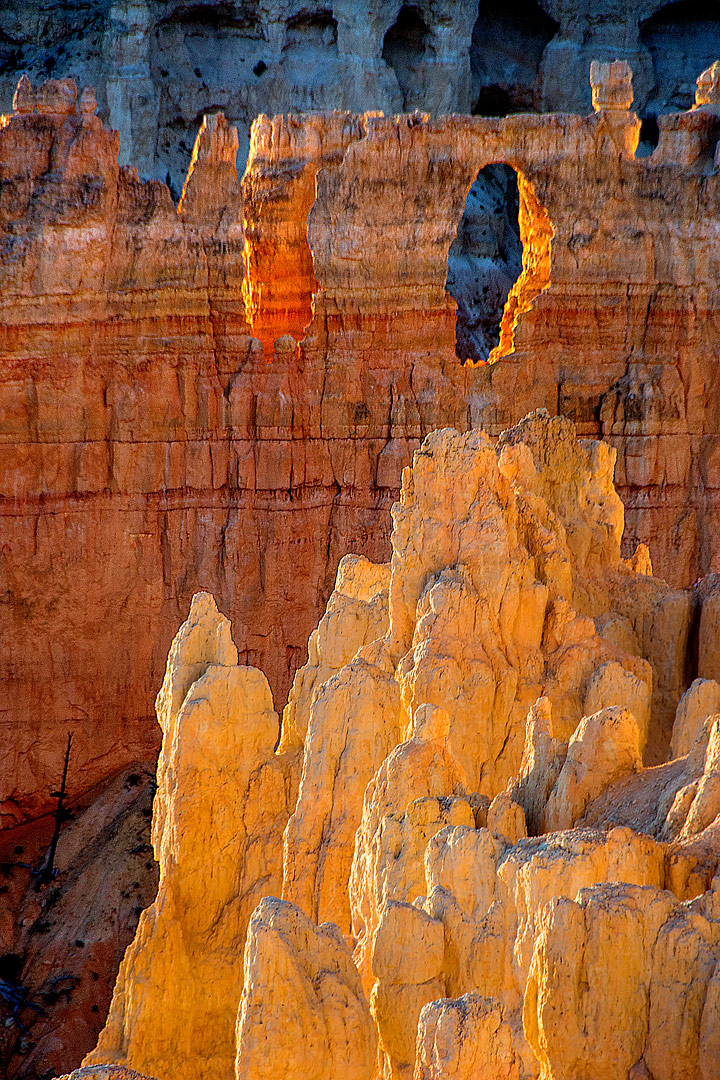In 2017, as part of our quest to visit the many U.S. National Parks, my wife and I spent three weeks in Utah exploring the "Mighty Five": Zion, Bryce, Capitol Reef, Canyonlands, and Arches. For me, the highlight of the trip was Bryce Canyon. No other place in the world offers such a vast expanse of towering sandstone hoodoos, and the scenery is visually mesmerizing.
Bryce Canyon stretches for miles along an east-facing escarpment in the regional plateau. The distance from the Visitor Center to the southern end of the park is 17 miles (27 km). There are many overlooks and trails that provide plenty of opportunities to enjoy views over and among the hoodoo formations. The park is named after Ebenezer Bryce, a Mormon pioneer rancher who settled in the area in the late 1800s. He famously described his canyon as "a hell of a place to lose a cow."
There is so much to see at Bryce, and we spent three days exploring. During much of our time there, I aimed to take in the grandeur of the landscape while using a 16-35 mm zoom lens on my full-frame camera. However, more than at many other locations I've visited, I noticed numerous smaller scenes within the wide expanse.
One such scene, captured from Inspiration Point with a crop sensor camera at 200 mm, highlights warm, early sunlight illuminating a keyhole opening in a thin ridge. Another formation serves as the foreground, and a shaded cliff is in the background.


